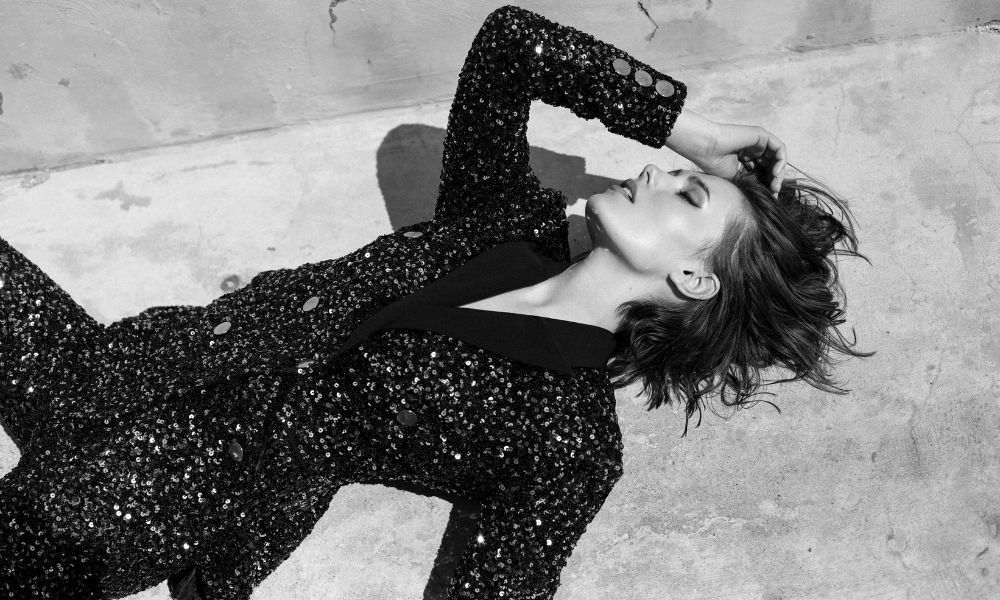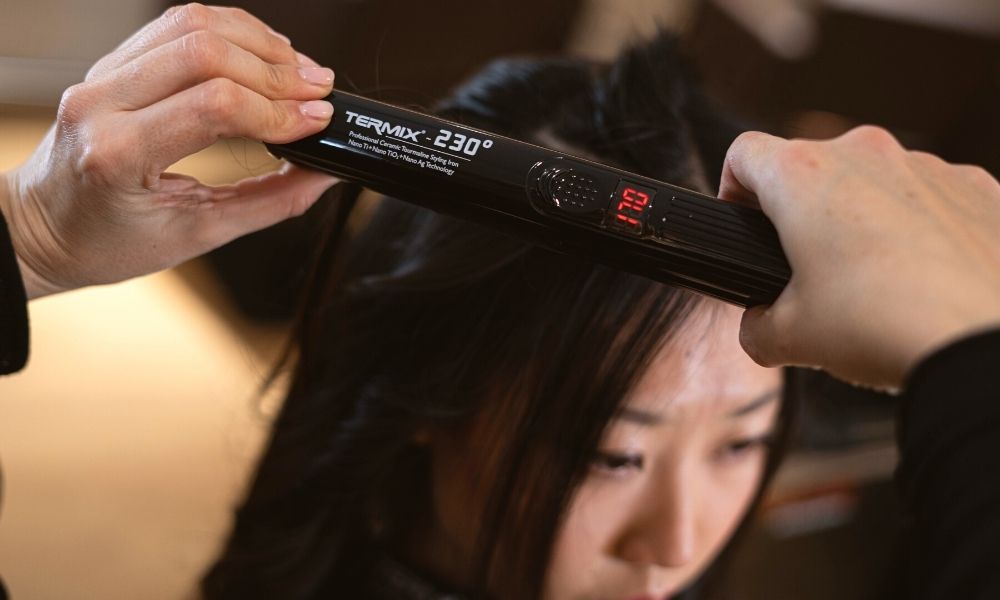Termix News – 2 min read
Colour psychology: how does it affect sales?
Is colour a simple optical trick or a thoughts-twisting tool? Let’s clear things out: 84% of consumers actually decide themselves over the colour of a product. Intrigued? We all know it deep inside, colours touch us at heart and that’s why we will reveal you everything about colours psychology today.
A simple example to start: think about SALE right now. Did you immediately picture red letters or a red background? Is it the habit? Coincidence? Of course not. Colour is one of the first, primary things that catches our attention and directly impacts our consumer decisions. You might not know about it but it only takes about 90 seconds to really make your choice. You’d think you spend more time to chose which product to put in your basket but, in reality, you’ve already fallen for a colour. As we already focus our attention on a product’s appearance, it’s easy to understand how its chroma might influence our buying.
The psychology of colours is here to stay
It might feel a bit frustrating that we don’t perfectly control our shopping experience. But we really do unconsciously consummate. The expert Eva Heller unveiled more about it in her study Psychology of colours: she analyzed how colours interact with our reason and feelings among 2,000 people. That’s how she discovered we never react randomly to colours, neither according to our personal taste… People constantly reckoned blue as a quiet, peaceful colour and yellow a speed, happy one, for instance. Colours actually belong now to a metalanguage where each one got identified to a specific meaning. Where would this creation come from? A mix between anthropology and culture, with a twist of experience.

Colour helps identifying a brand and creating its world
As colours generate various reactions in us, brands use them to catch us by our feelings. Red is impulsive, it makes your heart beats faster, which makes it the best colour for sales and discount. Blue provokes a trust and stability feeling, so that lots of finance companies integrated it into their corporate logo. A study from the Journal of Business Research admitted that 15% of customers would sit down at the negotiation table if it’s stamped blue. Incredible? But true.
Moreover, colours help us reading a picture a lot faster. An advertisement without colours would be more complicated for us to understand and it would ask our brain an additional effort to catch it. The giant Coca-Cola used the red colour quite smartly, underlining the difference with its competitors. Do you think they made it?

Once we’ve understood how important colour is, we ought to focus on our specific business sector and public to find out the best range of colours to display. This should be one of the brand’s major decision, before focusing on its sales.
Which colours stick out in aesthetics and hair sector?

Beauty industry and professional hair world constantly have to play on a specific colour spectrum to reach its target.
ROSE:
It’s always been the obvious colour of love. It’s been associated for a long time to aesthetics and hair products as to maternity, for its obvious sweetness and its feminine touch. More than 35% of consumers would chose it as their favorite colour.
PURPLE:
Another one of consumers’ favorite colours (23%) would be this specific purple (only overruled by fuchsia and rose). This is one of the most widely used in beauty industry (mostly in anti-aging products), being the perfect ally to target women between 25 and 45 years. This colour also tends to be associated with luxury, quality and trust. This year made it even more popular, thanks to Pantone’s UltraViolet that made its triumphal entrance on the podiums.
LIME GREEN:
This is a vibrating colour that people tend to associate with nature. It’s only natural, hence, to find it on many eco-friendly products and environment related ones. This green is seen as neutral, which means it won’t generate any negative reaction, but only convey the idea of health. Its neutrality reflects on its public: 14% of men would chose it for their favorite colours, as 14% of women.
No wonder why our C·Ramic Colours brushes of the year were thought through these three tones. They thus became a perfect combination of people’s desire, specifically in this beauty and hair area.
BLACK:
Even if some might not recognize it as a real colour, black is at the very core of professional hair sector. As with violet, black conveys a luxury, elegant and serious image, being quite associated with the idea of exclusivity and professionalism.




Leave A Comment